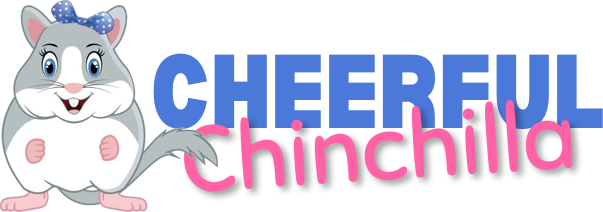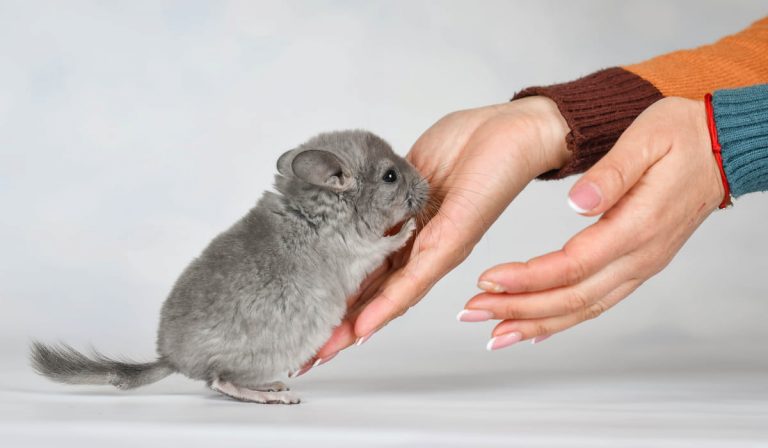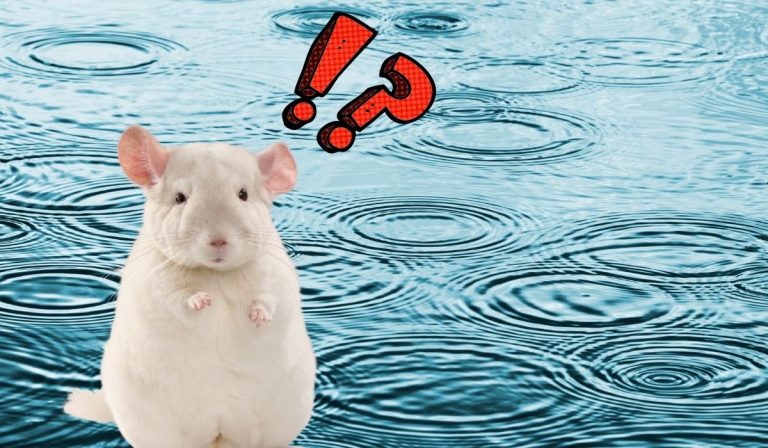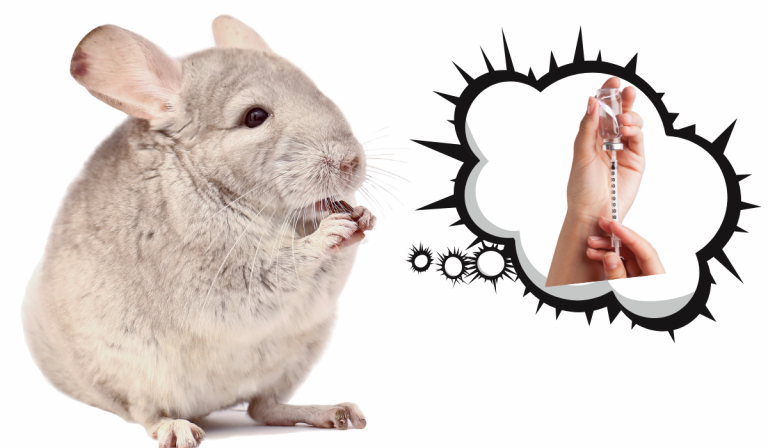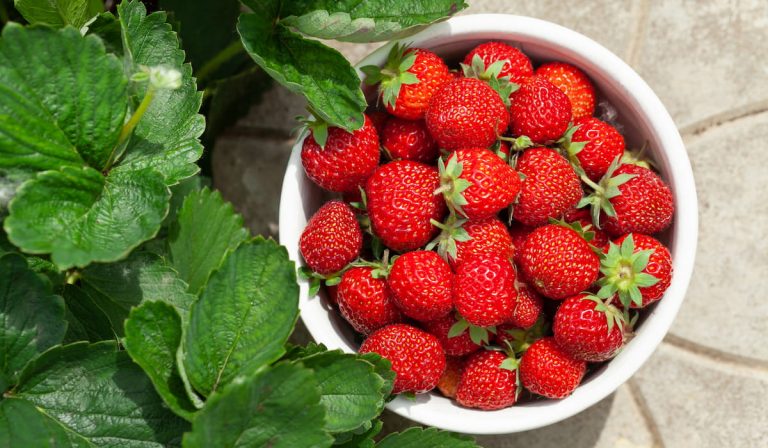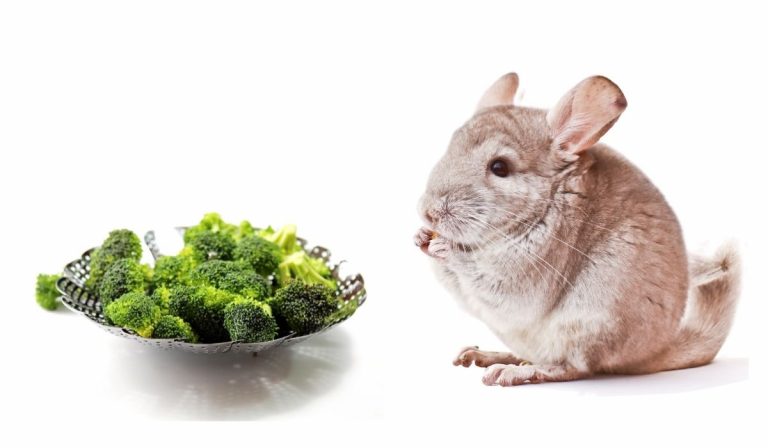Can Chinchillas Eat Kale?
What do You Feed a Chinchilla?
Chinchillas are herbivores with a very sensitive digestive system. Their natural diet is composed of foods that are high in fiber and carbs and low in moisture and fat concentration.
Specifically, the ideal diet for a pet chinchilla should be composed of 35% carbohydrates, 30% fiber, 15% protein, 4% sugar, and at most not more than 3% fat.
For this reason, hay, specifically timothy hay, and chinchilla pellets are the best choices.
In the wild, chinchillas eat tree bark, roots, leaves, alfalfa, grasses, and berries, all of which have a high fiber content.
Other plant products, however, especially those low in fiber, might upset the pet’s stomach with complications like bloating.
The wrong diet can also promote secondary effects such as overgrown teeth, which can be unpleasant and painful for the chinchilla.
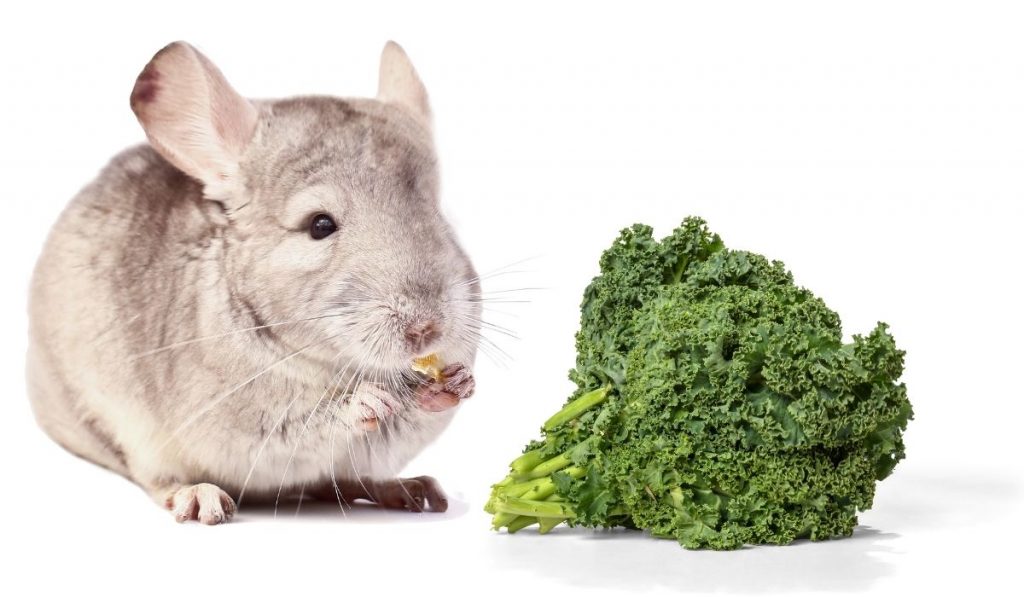
Chinchillas also need access to clean drinking water. They might not take it regularly but it should always be available.
Therefore, when feeding chinchillas plant content like vegetables and fruits that could potentially have a high amount of water, consider giving it in moderation, most preferably as treats and not as part of the main diet.
With the recent popularity of kale in healthy human diets, you may consider giving it to your pet.
Can chinchillas eat kale? Let’s have a detailed look.
Can Chinchillas Eat Kale?
Chinchillas can eat kale, but should only be offered as treats and in moderation.
As much as these greens are healthy for your pet, kale contains phosphorus and calcium and is acidic, all factors that could be detrimental to the chinchilla’s stomach.
For this, kale should not be more than 10% of the feed, and should only be given twice or thrice a week if necessary, but it is advisable not to feed them the vegetable.
Chinchillas may not choke while eating kale, but it is good practice to chop any kale you offer into small pieces for easy chewing.
Do Chinchillas Like Kale?
Chinchillas have a taste for kale. It might not be good for them but this is definitely part of the problem because they love it.
They are curious pets who enjoy trying out new food that is not part of their daily regimen. Kale has a unique flavor they enjoy and your chinchilla won’t hesitate to eat it when offered.
However, kale is not suitable for your chinchilla primarily for two reasons. First, it doesn’t have the right nutritional composition suitable for chinchillas.
Second, it can be detrimental to your pet when overeaten because it causes complications like bloating, gas, and diarhea.

Nutrients in Kale and Their Effects on Chinchillas
Kale is packed with lots of vitamins, nutrients, and minerals that on one hand, are beneficial to the chinchilla, but on the other are not.
The nutrient composition of kale is as follows, per 100 grams:
- 4.4g carbohydrates
- 2.9g proteins
- 1g sugar
- 1.5g fat
- 4.1g fiber
- 35 calories
- 4812IU vitamin A
- 0.113mg vitamin B1
- 0.347mg vitamin B2
- 1.18mgvitamin B3
- 0.37mg vitamin B5
- 0.147mg vitamin B6
- 93.4 mg vitamin C
- 0.66 mg vitamin E
- 389.6mcg vitamin K
- 1.6MG iron
- 254mg calcium
- 0.053mg copper
- 33mg magnesium
- 384mg potassium
- 55mg phosphorus
- 0.92mg manganese
- 0.39mg zinc
- 89.63g of water.
Compared to the chinchilla’s dietary needs, kale is far from being a satisfactory feed because of the wrong mix of nutrients. It can only be helpful if you plan to feed it as a treat, but not as a daily component.
To survive, chinchillas need both complex and simple carbohydrates for boosted sources of energy. Hay, being a good feed, has a high carbohydrate content, and yet the chinchillas eat almost throughout the day.
Kales are low in carbohydrates, and if your chinchilla solely depends on kale for food, it would gradually lose weight and perish because it won’t ever attain its carbohydrate needs.
The fat and protein contents, on the other hand, are quite close to the range needed by chinchillas, but carbohydrates should be the main focus.
As mentioned, chinchillas need foods high in fiber, and kales are a poor choice for that. About 89% of the kale weight is made up of water, which doesn’t give space for other nutrients like fiber.
In the wild, chinchillas get their water from their food, but water bottles can be provided for those domesticated.
The big risk with your chinchilla eating the greens is that it can ingest too much water with too little fiber, which will result in bloating, diarrhea, or loose stools. Kales are also high in calcium, which can promote kidney stone formation.
Kale is best left as an interesting treat for a chinchilla that should not be given often. It does not fulfill any specific nutritional needs of the pet and can be harmful when eaten too often.
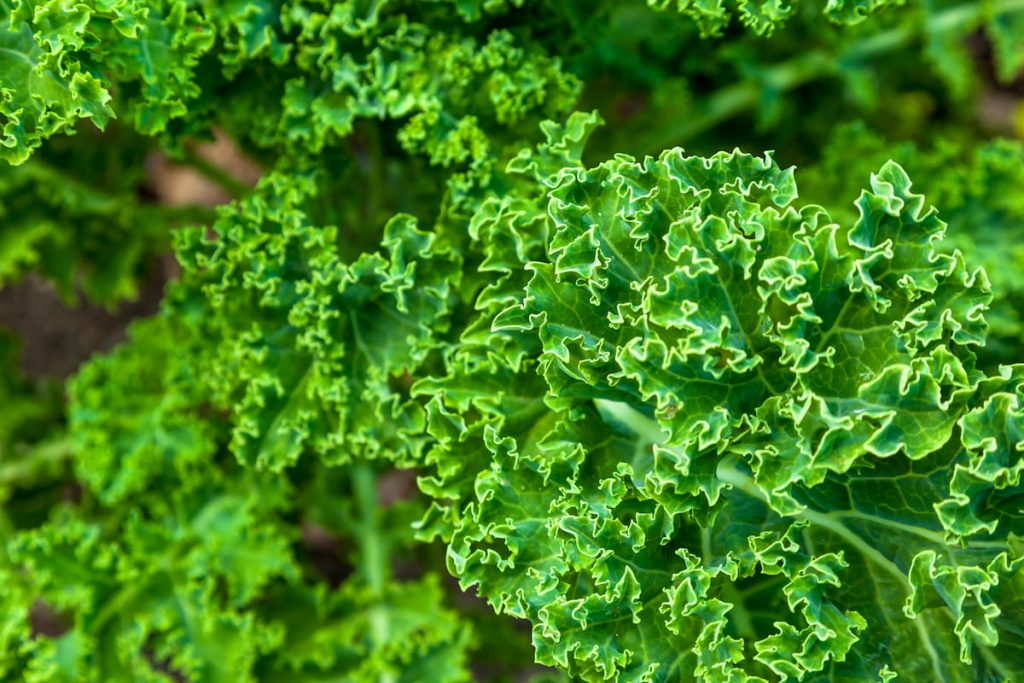
Is Kale Poisonous to Chinchillas?
Kale is not poisonous when eaten in moderation but could be very bad for your pet when eaten in large quantities.
Chinchillas have a very sensitive digestive tract that is accustomed to feeds with high fiber and low water content. However, kales have high water and low fiber content.
Overconsumption results in loose stools that may get stuck on your pet’s fur, hence causing matting.
Kale can cause gas when ingested in large proportions. Because of the high water content that the chinchilla is not used to, it may have difficulties relieving the gas, and accumulation may cause bloating.
Bloating and gas pressure in chinchillas necessitates a visit to the vet because it can be lethal to the pet if not quickly addressed.
However, these bad situations can only be avoided if the kale is fed sparingly.
Effects of Overfeeding
Fresh kale is better offered to chinchillas as treats twice or maybe three times a week. It should not make up more than 10% of the diet.
Anything more than this or being fed with kales more regularly will result in overfeeding with serious effects like loose stools and bloating, as discussed above.
It is not recommended to feed a chinchilla kale, but if you are going to offer it anyway, you should only give it a very small bit to avoid digestive issues.
Regular feeding may also result in excess bloating, which will often make the chinchilla inactive.
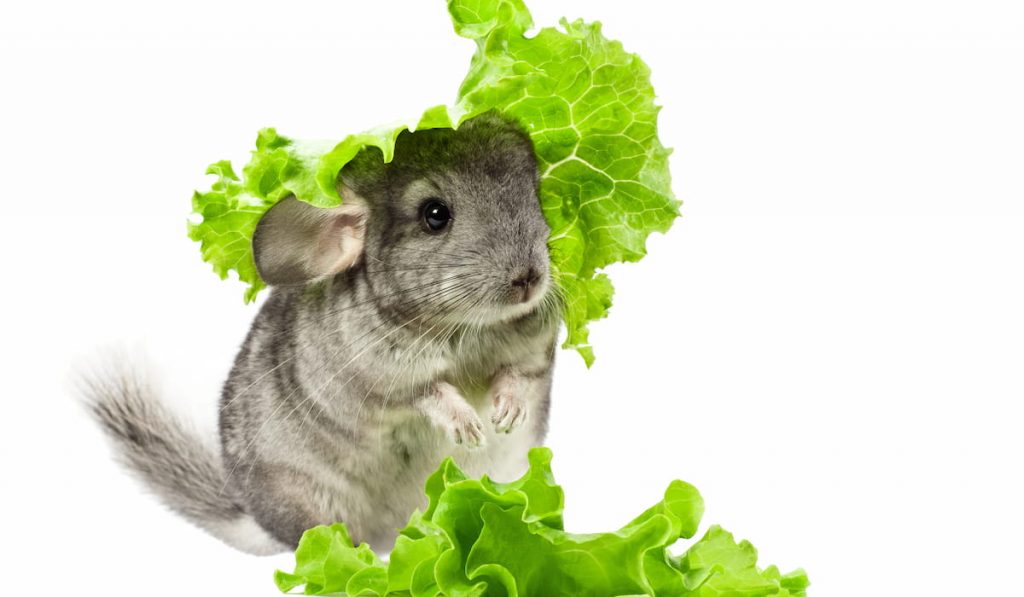
Other Treats to Offer Chinchillas
Chinchillas love root vegetables and dried fruits like sultanas, raisins, and carrots. Other suitable vegetable treats include parsley, dandelion greens, turnip greens, collard greens, and lettuce.
Some may recommend nuts and seeds, but these should be avoided because of their fat content.
Treats should, however, only be given in moderation because they are often associated with higher sugar and fat levels. Overconsumption of these two nutrients might make your pet overweight.
Alternatively, instead of offering kale, you could offer dried chamomile flowers because they have a low water content, sweet hay for their sweeter taste, or rose hips because they have a unique strong taste that chinchillas enjoy.
These snacks are beneficial for your chinchilla because they have the right amount of fat, protein, carbohydrate, and water that the chinchilla needs, and won’t cause bloating.
Conclusion
Fresh kale should only be fed to chinchillas as occasional treats, and not as a part of their daily feeds. They are healthy, but moderation should be strictly adhered to; not more than 10% of the feed, with a frequency of about two or three times a week.
Before offering it, remember to chop the kale into smaller pieces, and don’t let remnants stay in the cage when they are no longer fresh.
However, you should remember that chinchillas have a sensitive digestive system and too many vegetables, like kale, could cause diarrhea and bloating when overfed. It is always good to consult a vet when signs of discomfort persist.
Resources
- https://animals.mom.com/food-chinchilla-eat-1872.html
- https://www.thesprucepets.com/feeding-chinchillas-1238544
- https://lovemychinchilla.com/can-chinchillas-eat-kale/
- https://www.lovechinchilla.com/chinchilla-eat-kale/
- https://cvm.ncsu.edu/wp-content/uploads/2016/12/Caring-for-your-Chinchilla.pdf
- https://www.exoticdirect.co.uk/news/what-can-chinchillas-eat-best-diet-for-pet-chinchillas
- http://www.onlinechinchillacare.com/can-chinchillas-eat-kale/
